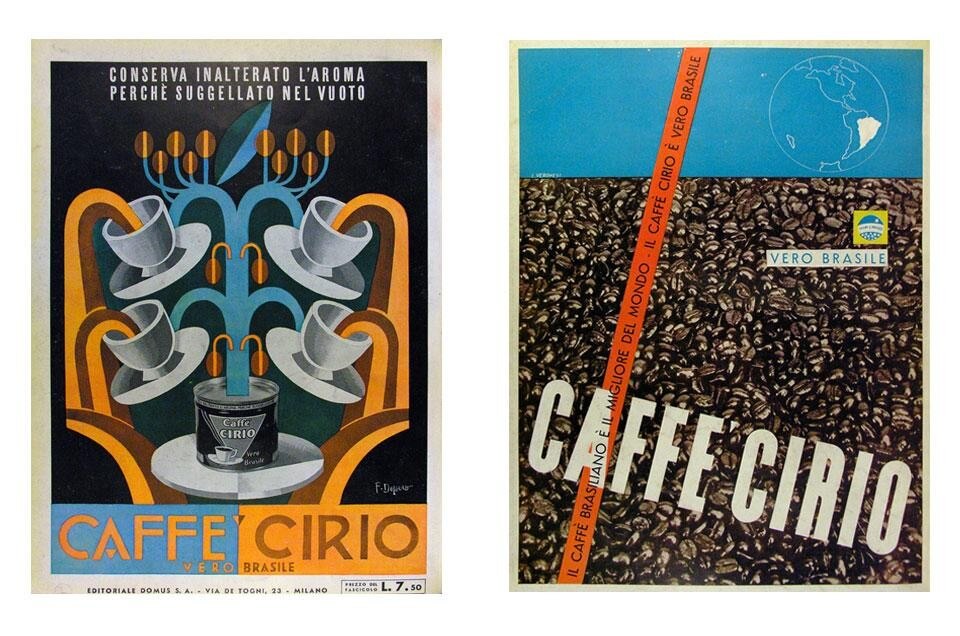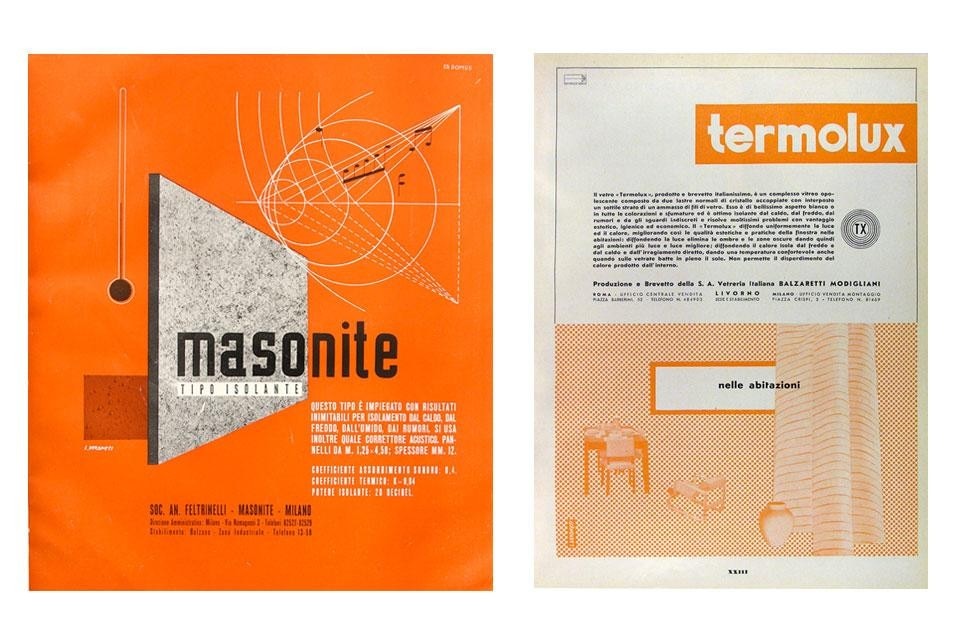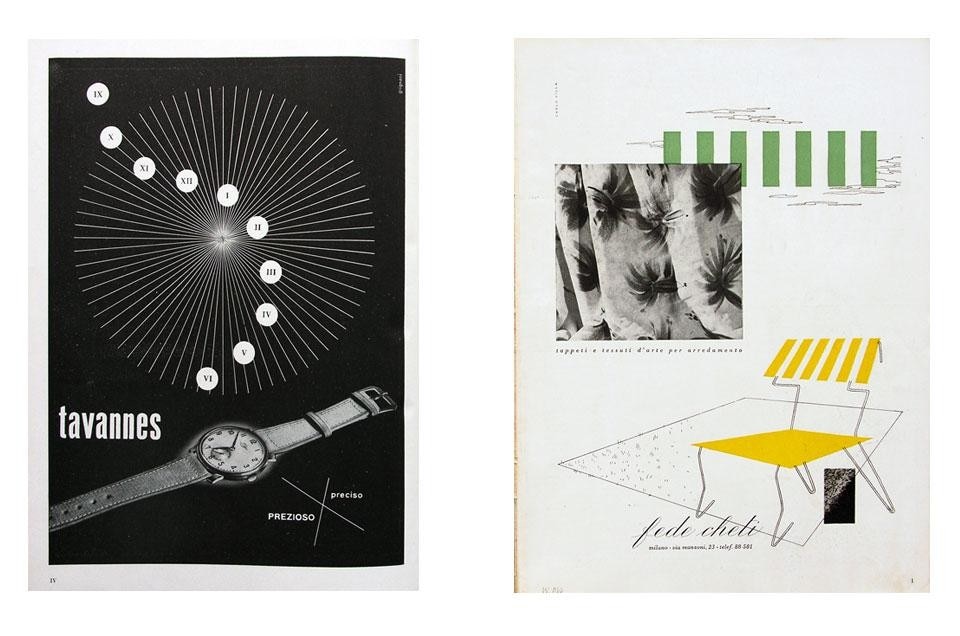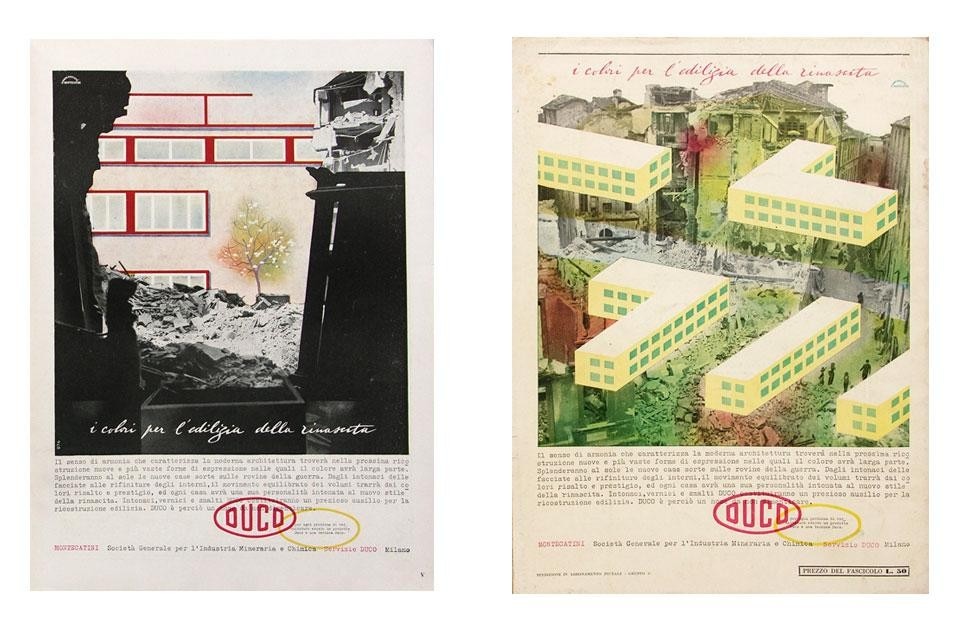In November of 1943, after a break of almost a year, Zveteremich resumed his column only to take definitive leave from his readers. In his last article, the critic - directly affected by such dramatic events as the armistice, Mussolini's liberation, the birth of the Social Republic, Nazi occupation which forced his son Peter to flee to Switzerland as a member of the CLN - took refuge in a sort of technical agnosticism; retreating, in other words, behind a detailed analytical and arid description of the organization of advertising, remote in tone and content from previous articles. While resuming the discussion, he ultimately abandoned what had been the focus of his critical activity - the constant reminder of the value of the aesthetic component in advertising and its relationship with the most advanced trends in modern art.
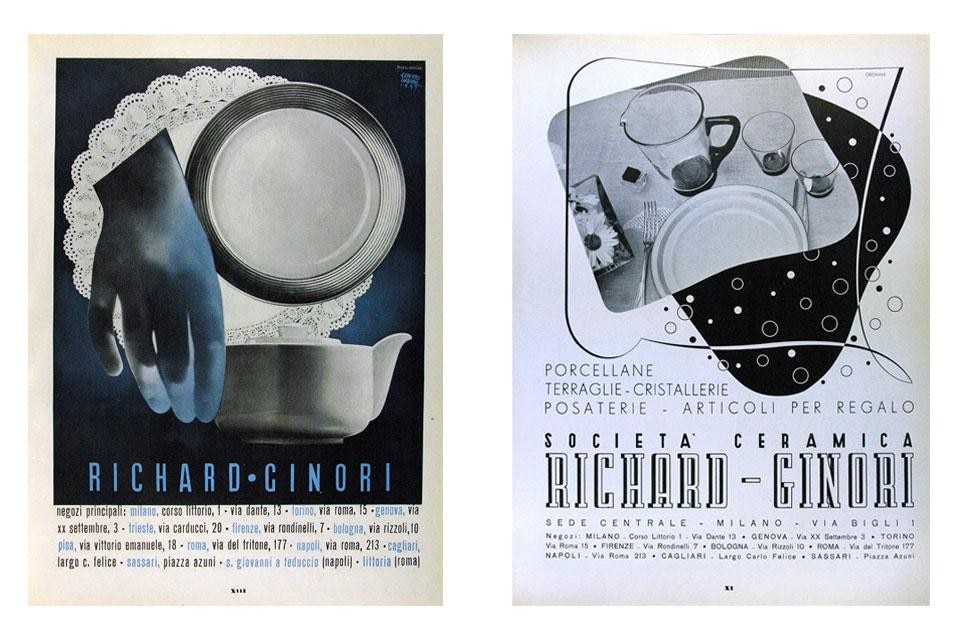
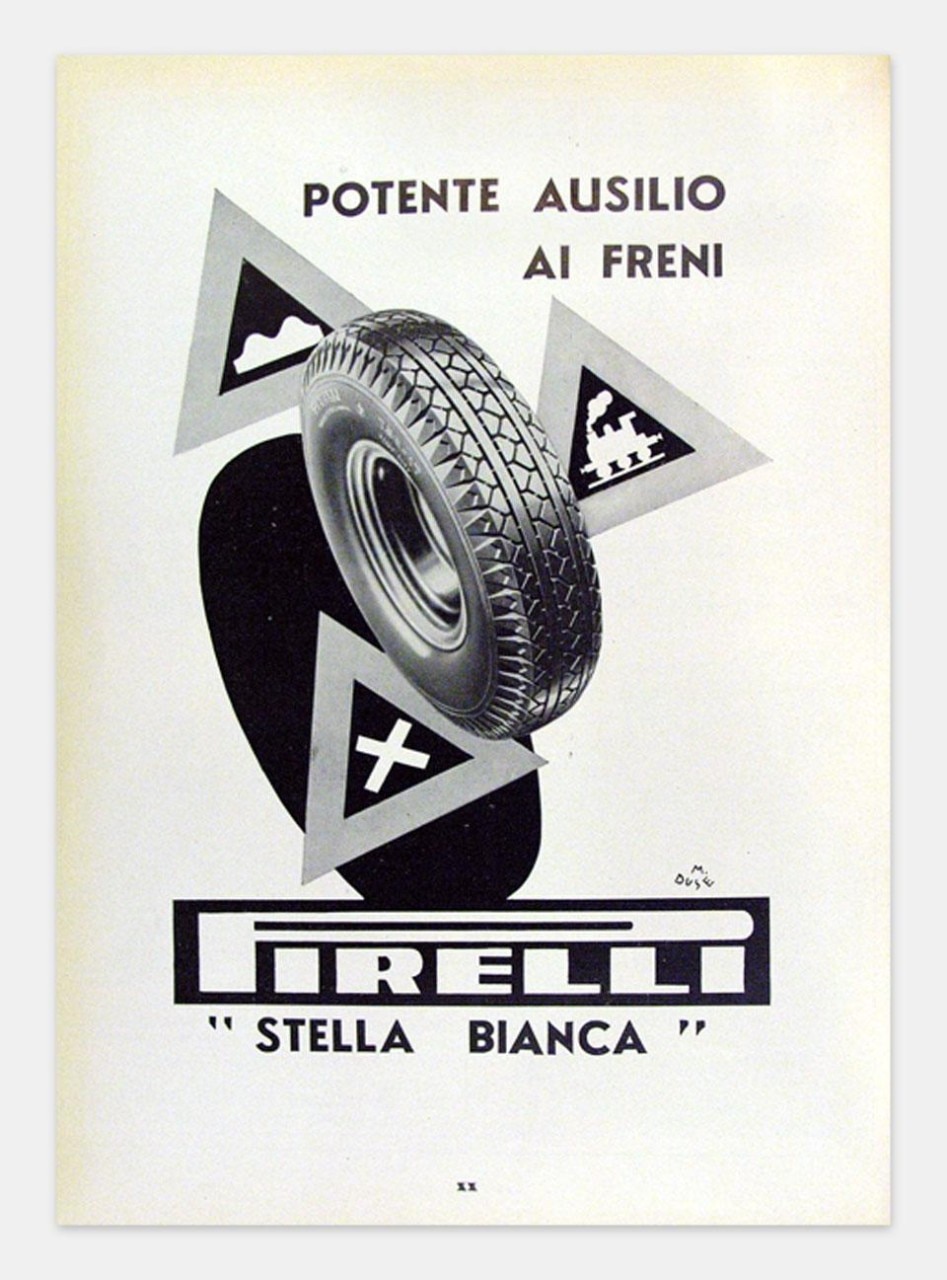
This is, perhaps, the most significant aspect of Zveteremich's position. He was the first to grasp the signs of a change that was still under way but which foreshadowed the rise of modern Italian graphics after the war. This reveals how the features of modernity had already been anticipated in the years before the war, regarding companies (Montecatini, GiViEmme, Motta) who established "propaganda" (the term used at the time to refer to public relations) offices as early as the end of the 1930s as well as individual designers, Munari, Carboni, Grignani, Veronesi, Dradi/Rossi and the younger generation of Giovanni Pintori, Remo Muratore, Albe Steiner united by methodological eclecticism and the first observance of modernist trends and who later became the protagonists of the so-called Milanese school. This wealth of experience converged upon the neo-Humanistic approach to corporate communications that had emerged in Milan during the 1930s within the most technologically advanced industries: petrochemicals, pharmaceuticals, precision mechanics. It was based on the coherence of a "choral" graphics style (rather than on the fragmentation of the marketing model that became prevalent in the 1960s with the arrival of American advertising agencies) in which rational and functionalist aspirations did not relinquish aesthetic invention, integrating lofty goals and consumer services. [2]
Alessandro Colizzi, Université du Québec à Montréal
1.Carlo Vinti, Gli anni dello stile industriale 1948-1965. Immagine politica culturale nella grande impresa italiana, Università IUAV/Marsilio, Venezia 2007, p. 10;
2. Giorgio Fioravanti, Leonardo Passarelli, Silvia Sfligiotti, La grafica in Italia Leonardo Arte, Milano 1997, p. 88.
Zveteremich was the first to grasp the signs of a change that was still under way but which foreshadowed the rise of modern Italian graphics after the war
